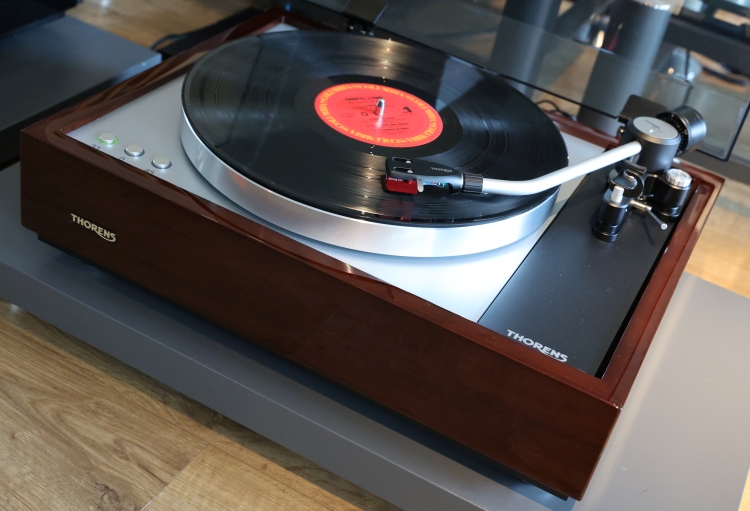
TAS 1600 Cartridge
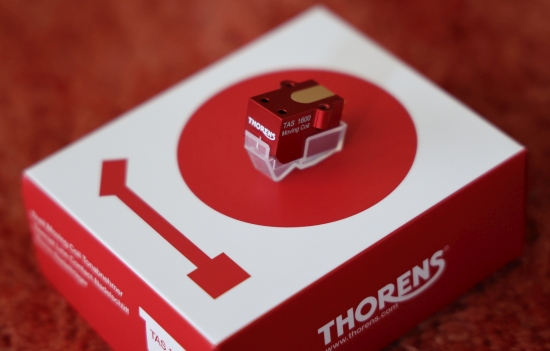
The TAS 1600 is an MC pickup featuring a naked diamond line contact cut in combination with a solid boron cantilever. The cartridge is manufactured for Thorens in Japan and is intended to be an ideal match with the TD 1600 and TD 1601 turntables.
TAS 1500 Cartridge
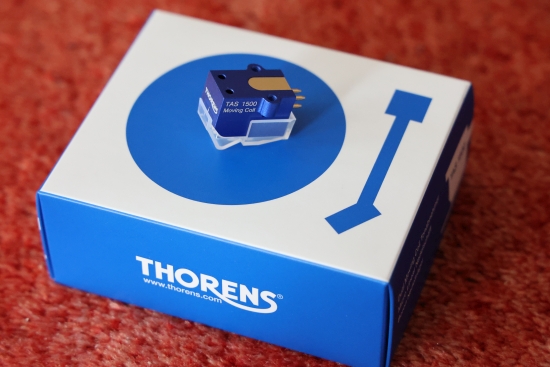
The TAS 1500 Cartridge is an MC pickup featuring a naked diamond microlinear contact cut in combination with a solid boron cantilever. The cartridge is manufactured for Thorens in Japan and is intended to be an ideal match with the TD 1500 and TD 403 turntables.
While not specifically intended for use in the TD 1600, I also wanted to include the TAS 1500 because I have always achieved very good results with the MicroRidge stylus shape. Interestingly, the TAS 1500 may be priced lower, but its stylus shape can be considered more exotic than the fine line of the TAS 1600. But of course, in all matters audio, things are never black and white, and to a very large extent, the success of any cartridge depends on the marriage with the arm and turntable.
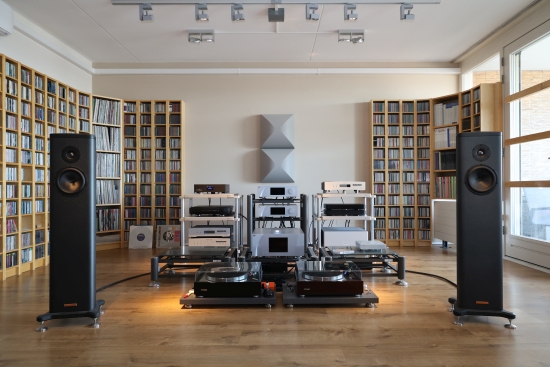
System Context
The turntable will be listened to in my main system, consisting in the basis of the CH C1.2 DAC, CH L1 preamp, and CH A1.5 power amp, with Magico S1 MkII speakers. The phono stages used are the Lejonklou Entity, Manunta Audio EVO Phono 3, and M2Tech Nash Rev.b, connected via Driade Flow Link Reference 808 interlinks. Speaker cables used are the Jorma Unity. The CH system sits on Artesania Exoteryc and Aire racks, while the digital sources and most review components sit on HRS EXR racks. The turntables will be placed on dual-layer MDF panels coupled to the floor via Finite Elemente Cerapucs.
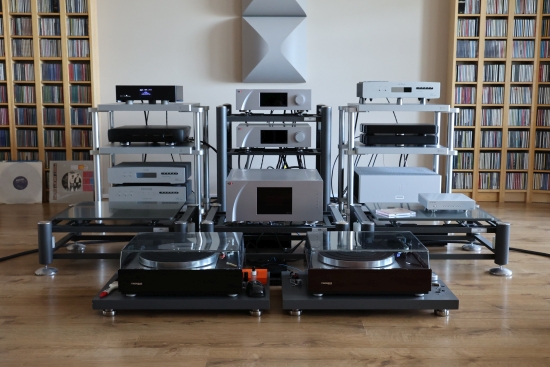
For the purpose of this review and to allow direct comparisons, I have arranged for two TAS 1600 cartridges, one to be mounted in the TD 1600’s TP 160 tonearm and the other in my own TD 1601’s TP 92 tonearm.
Cartridge to Tonearm Matching
Today, the vast majority of tonearms are of the medium effective mass type, and most cartridges are intended to work ideally with these tonearms. Therefore, one might conclude that a happy marriage between a tonearm and cartridge should pretty much be a guarantee. Alas, the reality is that it is still a matter of finding the ideal synergy between the two. One can go by numbers to calculate the resonance point and balance stylus compliance versus arm mass, but that only tells part of the story. The “ideal” match still ties in with all the elements of a turntable, the rest of the system, and personal taste. As it follows, the TD 1600 and TD 1601 may be pretty much the exact same turntable, but as I soon found, the tonearm makes all the difference. And then, it is comforting to know that the manufacturer has already specified a well-matching cartridge in the TAS 1600.
Having used a range of cartridges, my current TP 92-equipped TD 1601 turntable generally sounds robust, punchy, upbeat, and dynamic, with great neutrality and an overall very well-balanced presentation with no obvious flaws. The cartridge that I have been using lately is an Audio Technica OC9 XML MicroRidge, which works very well with this turntable. Having reviewed a range of high-end turntables, I know the Thorens and its TP 92 arm can be bettered in certain aspects, such as incisiveness, control, articulation, resolution, or organic lushness. However, even the costliest turntable/arm/cartridge combinations that visited my listening room did not beat the Thorens in all of these aspects simultaneously, which is crucial to its success.
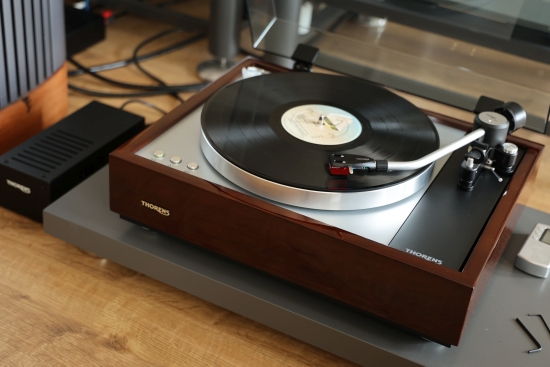
Listening prior to Running In
The TP 160-equipped TD 1601 turntable with a freshly installed, brand-new TAS 1600 sounds delightfully delicate, fluid, and smooth, with a beautifully liquid midrange and gentle, airy treble. Its sophisticated presentation is in stark contrast with the TP 92’s very robust and impactful, but, as I hear it now, comparatively relatively rough presentation. While The brand-new TAS 1600 in the TP 160 sounds initially a little laidback, round, and dynamically restrained compared to the TD 1601/TP 92 with my well-run-in cartridge, the newcomer is already more transparent and immensely more refined.
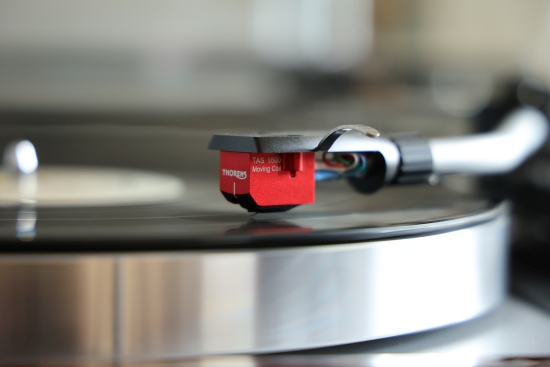
But before I dive further into the sonic descriptions, I must touch on the aspect of Running In. Like the marriage between tonearm and cartridge, whether or not a cartridge is run in can greatly impact the perceived performance.
Running In
After playing 8 LP sides, I could not yet detect a difference. After 26 more LP sides, however, things started to turn around. Now, the TAS 1600 was no longer lazy or round. In fact, now, it reminded me of my TP 92-equipped TD 1601 in terms of midrange openness, articulation, and transient attack. Over the course of that listening session (9 more LP sides), as the TAS 1600 continued to break in, my impression of the TP 160 further solidified. Even though the TAS 1600 became ever crisper and more expressive, the turntable as a whole always remained fluid, organic, and refined, bettering the TP 92 in these respects even when used with the MicroRidge OC9. The only areas where the TP 160 arm still needed to yield to the TP 92 were in terms of planted, earthy behavior, and midbass punch. The TP 160 was definitely more accurate and linear, but the midbass and overall dynamic impact remained a little polite at this stage. In that respect, the TP 92’s less precise but more ballsy character could also be appealing. But was the TAS 1600 already at the point where it could be considered run in?
At this point, I decided to spend the next two days further running it in. Meanwhile, I had also mounted the second TAS 1600 cartridge to the TP 92 arm of my TD 1601 turntable and given it some playing time. Of course, I could not resist listening to it well before it was run in. But, oh boy, that was no comparison. Whereas the brand-new TAS 1600 worked beautifully with the TAS 160 arm, it sounded rough, boxy, restrained at both frequency extremes, and dynamically flat in the TP 92 arm.
Previous experience tells me cartridges can continue developing over months of use, albeit at an ever more linear curve, but such a long-term assessment is not practical for any review. Nevertheless, I invested as much time as possible, and I repeatedly played records on both players for two days. I must have played 60 LP sides before the next listening session took place.
Listening After Running In
With the two equally run-in TAS 1600 cartridges mounted to two turntables set up side by side, I could directly compare the TD 1601/TP 92 with the TD 1600/TP 160.
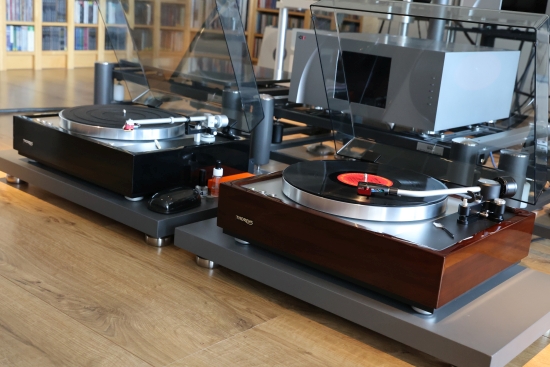
Starting with the TD 1600/TP 160, I was excited to find that the TAS 1600 had totally come around. Normally, all things being equal, a MicroRidge stylus will produce more precise and articulate bass than a Fine Line. Indeed, so far, whilst still accumulating hours, the TAS 1600 with its Fine Line stylus had sounded quite a bit rounder in the TP 160 tonearm than my usual MicroRidge cartridge in the TP 92 tonearm. However, after having given the cartridge a lot of playing time, it now sounds every bit as controlled, articulate, and incisive! Further, also in terms of expression and all-out dynamic impact, I felt it was now easily on par with the TP 92 arm. How about that?
And then, there was the effortless fluidity combined with superb inner detail, amazing openness and transparency, and blazingly fast transients followed by long-lingering decays and a beguiling liquidity that I never heard from the older player. Clearly, the new TP 160 tonearm had a large say in this.
When I initially reviewed the then-new TD 1601 with its TP 92 arm, it was so clear that the new player unveiled a level of precision, incisiveness, and resolution I had never obtained using any classic Thorens turntable. Now, I feel exactly the same way again, with the TP 160 unveiling a level of transparency, refinement, and fine detail that I have not heard the TP 92 produce with any cartridge.
All the audiophile parameters aside, there’s another aspect in which the TP 160 truly excels: capturing the emotional, lyrical, and organic nature of the recordings. Since analog is inherently so incomparably good at these aspects, they are arguably the most important aspects of the TP 160’s performance, or rather, of the turntable as a whole.
Now, I wondered, would the older player with the TP 92 arm and TAS 1600 cartridge still provide any competition now that it has been given lots of playing time?
Peculiarly, despite my running-in efforts, the TAS 1600 still did not seem like it was having a good time in the TP 92 arm. The sound was comparably rough, hard, shut-in, and compressed, and lacking resolution, fluidity, or refinement. Honestly, it still sounded absolutely incomparable to the TAS 1600 in the TP 160 arm. Given this enormous disparity and the fact that the TP 92 arm can sound great with other cartridges, I’m tempted to conclude this marriage is simply not a good match. This can, in part, potentially be attributed to the TP 92’s lower effective mass of 11 grams versus the TP 160’s 16 grams (please note that some documentation incorrectly states 15 grams). But even so, the TAS 1600 has a higher specified compliance than the MicroRidge OC9 or the MicroRidge TAS 1500, for that matter.
I’m sure there are more factors at play, but no matter the cause and whether or not the TAS 1600 cartridge was indeed specifically developed for use with the TD 1600 and TD 1601, there is no denying the hugely successful marriage.
Next: Listening to the TAS 1500, Goldring Ethos SE, and Conclusion
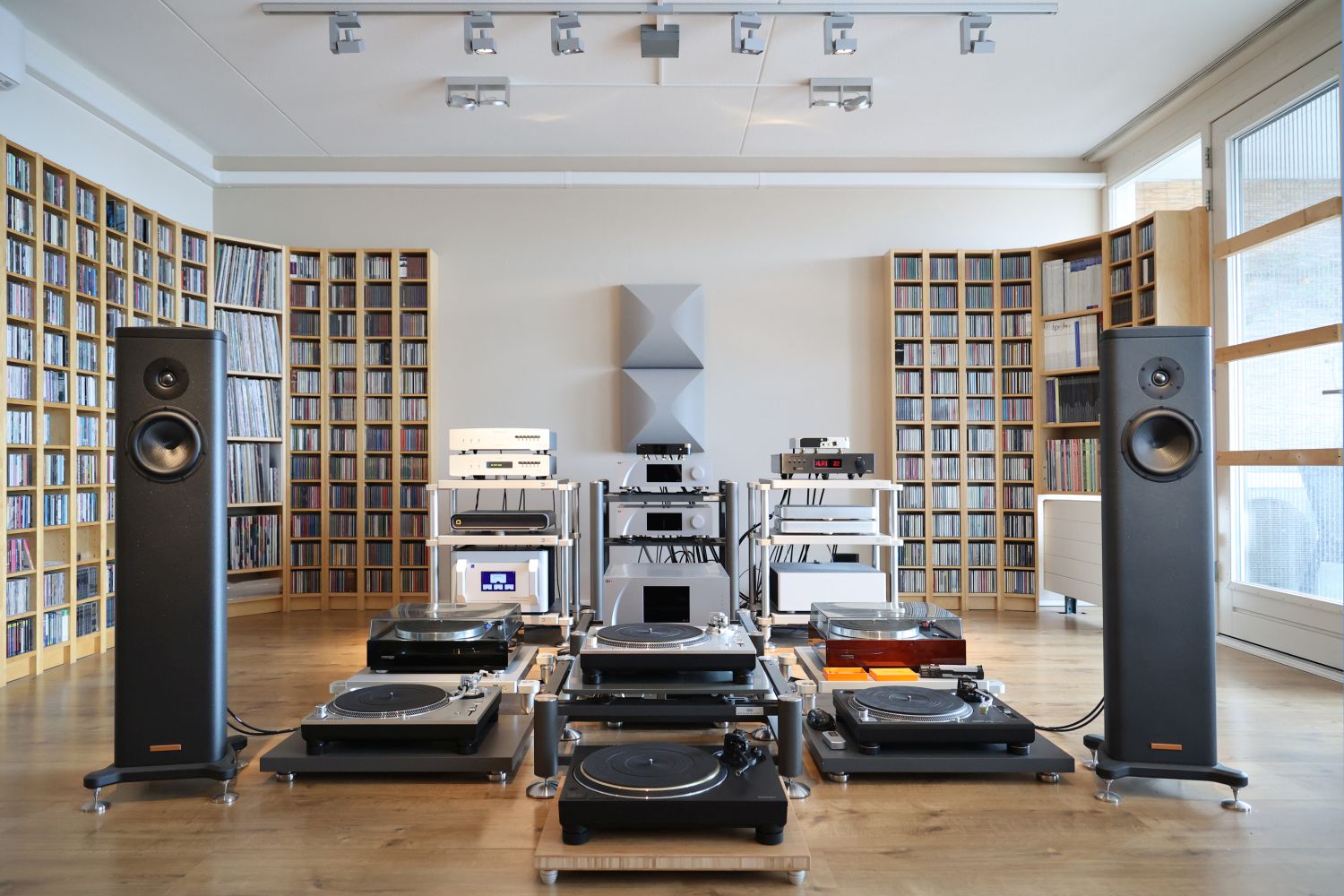
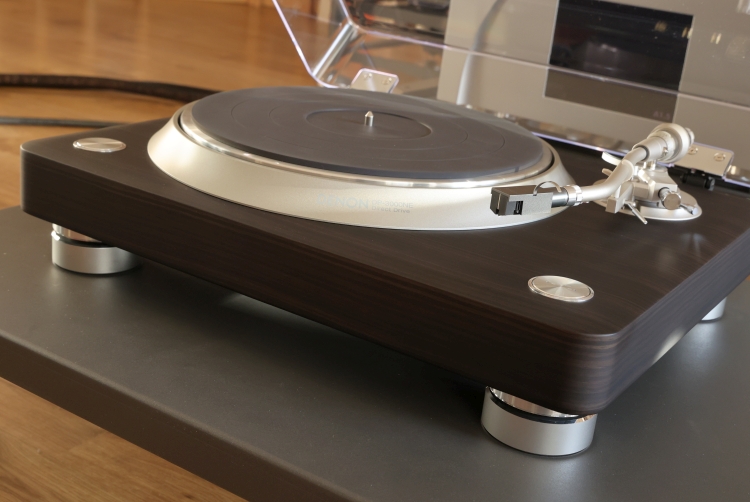
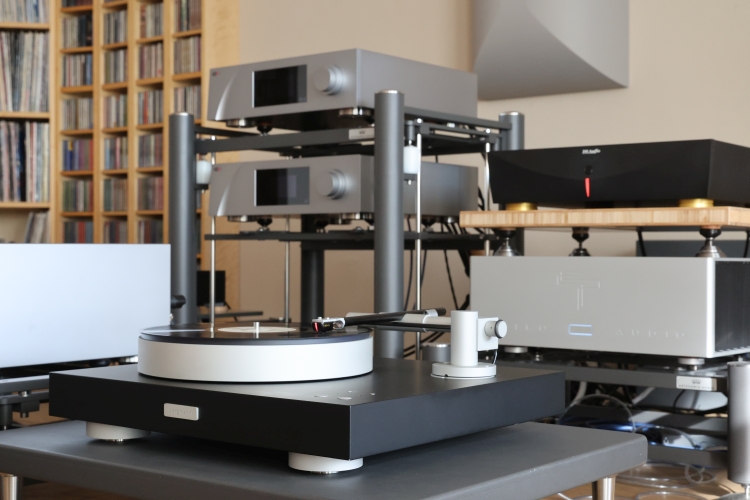
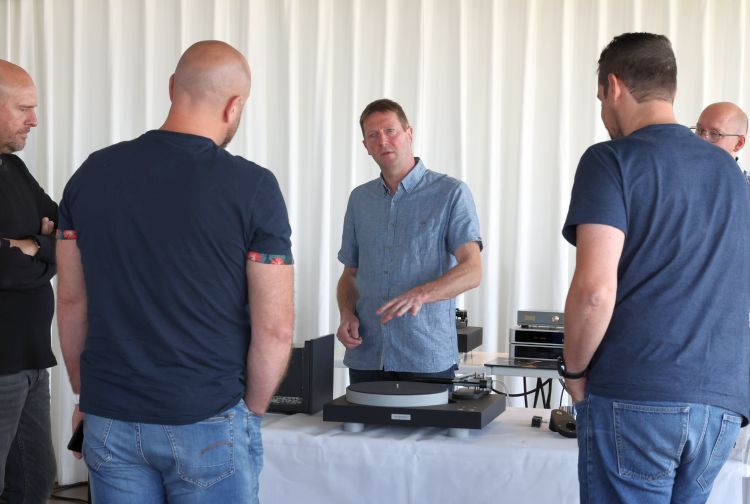
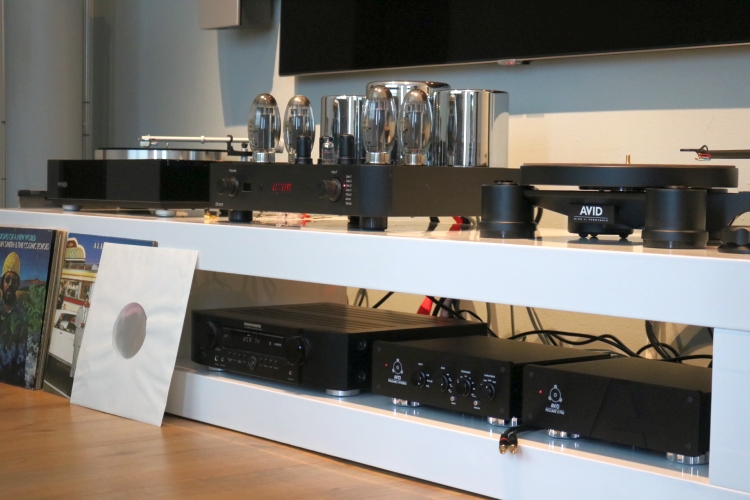
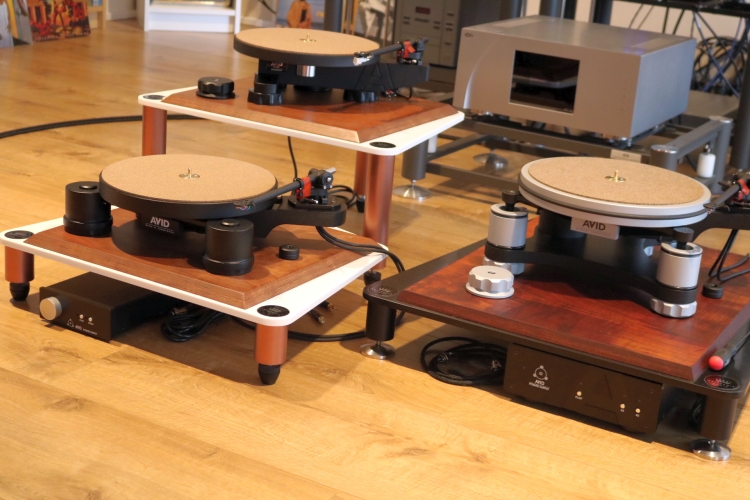
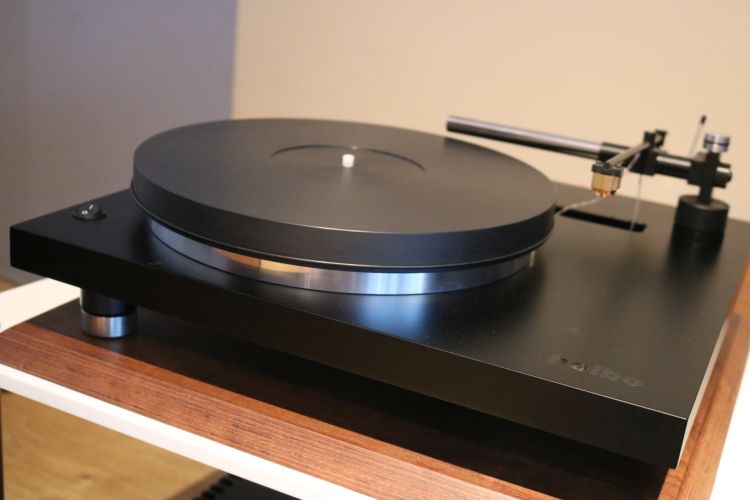
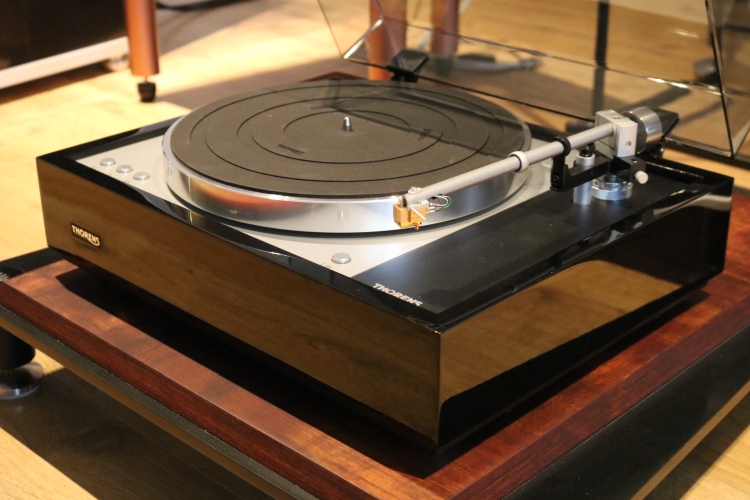
Yet another superb review, thanks. For whatever it is worth, I found a discrepancy between the general info and the manual regarding the TP 160 effective mass. I emailed Thorens and Mr. Gunter Künter himself answered: it is 16 grams.
Thanks, Vladimir. I have now amended the Effective Mass value in the review from 15 grams to 16 grams.
Hello Christiaan
I’ve just bought a new TD 1600 with 92 tonearm. After properly set up to my surprise the suspended chassis is wobbling side to side like 1,2 mm while playing. And when actually starts it is like a little earth quake shaking (if I may say that). Then it is slowly attenuating, but when playing is not steady still.
I haven’t contacted the dealer yet, since I’m not sure if this is a normal behavior or not.
Kindly please advise
John
The wobble when starting the platter is normal, some players (sometimes the belts) have it more than others. I wouldn’t worry about it. When on speed and rotating, the platter should be perfectly still. The subchassis can move freely to one side, but should be restrained to the opposing side. If there is play to both sides, the internal string should be tightened.
Hi Christian,
I was seriously considering buying an Origin Live Calypso with the Illustrious arm, and your 2019 review about it definitely convinced me.
Then I read your review of the TD160/TP160 and noticed that it has become your resident turntable.
Could you please share what made you change your mind and whether you think the calypso i’s a step up from the Thorens?
Thanks in advance
Hi Renato, my reasoning for going back to Thorens is described here: https://www.hifi-advice.com/blog/turntable-and-accessories-reviews/turntable-reviews/technics-grand-class-sl-1200gr2-sl-1300g-and-sl-1200g/ In short: in certain respects, I consider the Origin Live and Illustrious arm more high-end than the Thorens. In certain respects, it can achieve a higher standard. However, this turntable is very sensitive, and ultimately, I was tired of spending more time calibrating than listening. With the Thorens, setup is straightforward, and it is easy to achieve and maintain very good results across all parameters.
Thank you for your answer, Christian!!
So I come back to mi first dilemma: 1200g Vs td1601/tp160 and.. I love jazz but also hard rock and electronic. 🤦♂️
I understand the desire for a black and white answer, but the reality usually has many shades. Both are great turntables, they are different animals, but with some overlap, as explained in the review. If it helps your decision making, in short: belt drive in general and the Thorens in particular can be felt better for Soul and acoustical music (more soulful and emotional), while DD and the Technics in particular can be seen as better for electronic music (more tightly-paced and more immediate transient behavior). Hard Rock and Jazz could be perceived as fitting in either category, depending on which aspec(s) of the music you tend to focus on most. Of course, all this is relative and personal, but this is the gist of it.